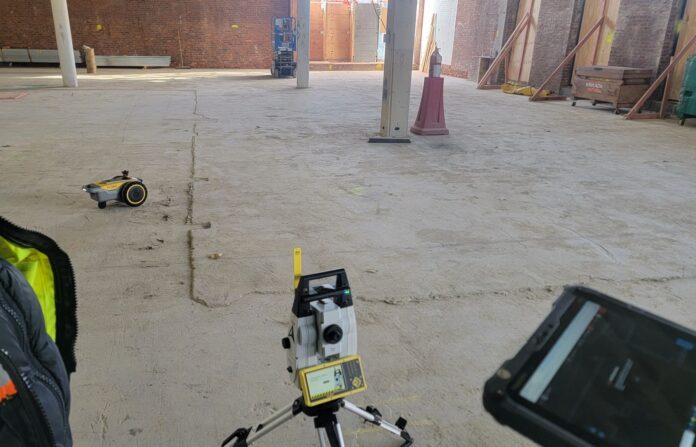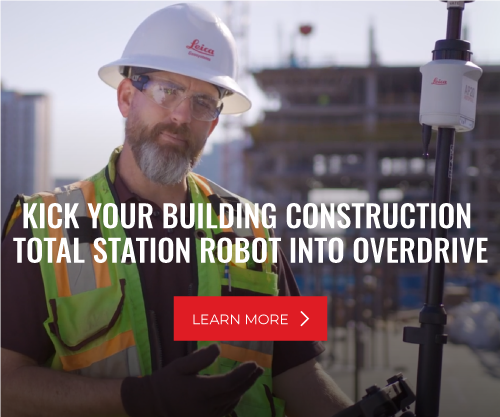The construction industry is on the brink of a technological revolution, with robotics offering promising solutions to long-standing challenges. However, the path to embracing these innovations is not without its hurdles. Companies face a range of obstacles, from technological skepticism to workforce adaptation, as they attempt to integrate robotics into their operations.
As Jason Culp of NOAR Technologies explained in a recent Tech Insider podcast, understanding the complexities of this transition is key to unlocking the full potential of robotic technology in construction. Here are his tips for navigating five common hurdles:
1. Initial Cost of the Technology
One of the main barriers is the upfront investment required for robotic technology. Many companies are hesitant to spend extra money on new equipment. However, as Jason notes, once they see the robots in action, they often realize the long-term savings and efficiency gains: “One company that has five of the HP SitePrint robots and Leica iCON robotic total stations has each of their layout guys on a different site now. So you can do more projects faster and more efficiently for just the initial cost of the product.”
2. Training and Skill Development
Transitioning to robotic systems requires training workers to use new tools and software. While this can be challenging, it also provides an opportunity for career advancement. Jason mentions that some workers quickly adapt and even begin teaching others: “We had one guy who picked it up right away, and now he’s teaching their whole company.”
3. Resistance to Change
Just as with the introduction of laser scanners, there is often skepticism about new technology. Overcoming this requires demonstrating the tangible benefits of robotics. As Jason shares, “I’ve seen a few of those arguments here and there. But the people that then use the technology say, ‘I don’t know how we did this before.’”
4. Technical Challenges and Setup
Proper setup and understanding of software like AutoCAD and Revit are crucial. Ensuring accurate drawings and site preparation is essential for successful implementation. Jason likens it to car painting: “If your prep work is no good, your job is going to be no good. You need to have really good control.”
5. Project Limitations
Not all projects are equally suited for construction layout robots. Larger or more complex sites benefit most, while smaller projects may not see the same advantages. “Am I going to spend this kind of money to lay out a house? If I’m building the same house over and over again, the price point might not make sense,” Jason says. “But for custom homes, storage facilities, large factories or commercial buildings, it makes tons of sense because they’re going to lay out different designs every day.”
To discuss your needs with a building construction specialist, contact us.






